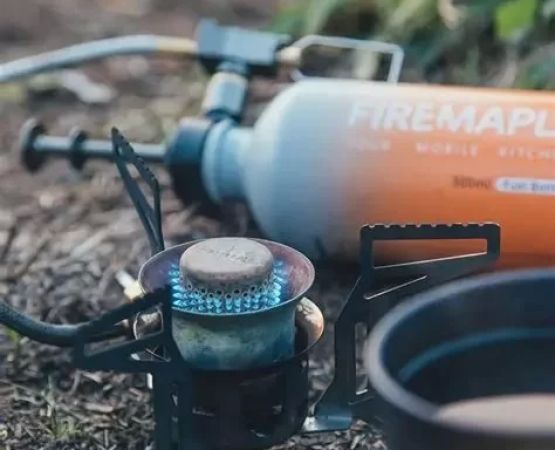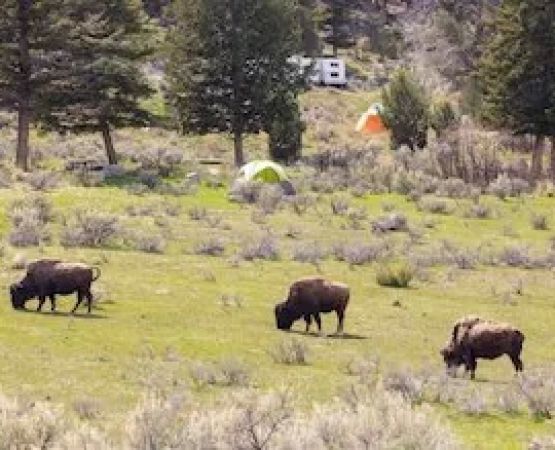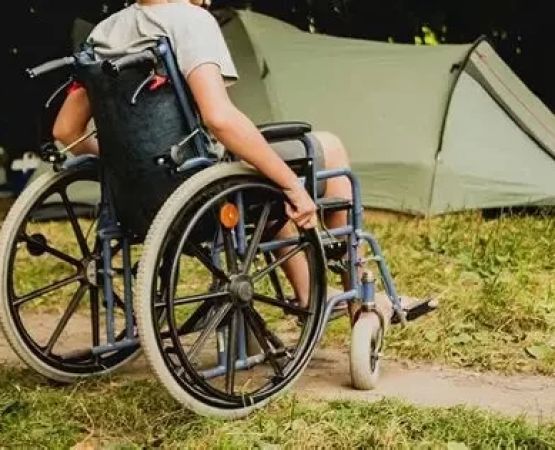- 1 - how-to-pack-a-hiking-daypack-for-a-full-day-out - #how-to-pack-a-hiking-daypack-for-a-full-day-out
- 2 - choosing-the-right-daypack - #choosing-the-right-daypack - fit-capacity-and-comfort
- 3 - hydration-and-food-essentials - #hydration-and-food-essentials - staying-fueled-on-the-trail
- 4 - clothing-and-weather-prep - #clothing-and-weather-prep - layering-strategies
- 5 - safety-and-navigation-gear - #safety-and-navigation-gear - must-have-items
- 6 - personal-comfort-items - #personal-comfort-items - making-your-hike-enjoyable
- 7 - packing-strategies-and-weight-distribution - #packing-strategies-and-weight-distribution - efficiency-and-balance
- 8 - real-stories-from-the-trail - #real-stories-from-the-trail - lessons-learned
- 9 - planning-your-next-hike-with-pine-cliff-resort - #planning-your-next-hike-with-pine-cliff-resort - expert-resources
How to Pack a Hiking Daypack for a Full Day Out
Spending an entire day on the trail is one of the best ways to recharge, but knowing how to pack a hiking daypack for a full day out can make or break the experience. A well-packed daypack keeps you fueled, safe, and comfortable without weighing you down. This guide walks you through choosing the right gear, organizing essentials, and even shares real trail stories that show why preparation matters. For tailored recommendations on outdoor gear and trip planning, Pine Cliff Resort offers resources that match every hiker’s needs.
1) Choosing the right daypack
1.1 Fit, capacity, and comfort
A good daypack is typically 20–30 liters, enough for water, food, clothing, and safety gear. Look for padded shoulder straps, a hip belt for weight transfer, and breathable back panels. If you’re hiking in the summer, ventilation can make a big difference on long climbs. Test fit before buying—a pack that feels fine in-store may rub uncomfortably after a few miles.
2) Hydration and food essentials
2.1 Staying fueled on the trail
Water is your most critical item. A 2–3 liter hydration bladder keeps you sipping throughout the day, while backup bottles ensure you don’t run dry if one leaks. For food, think calorie-dense and easy-to-carry: trail mix, nut butter packets, jerky, and energy bars. If you’ll be out more than 6 hours, add a packable sandwich or wrap. Electrolyte tablets are lightweight lifesavers on hot Florida hikes.
2.1.1 Story: The hydration lesson
A hiker on the Appalachian Trail once underestimated water needs during a humid July trek. He carried just one liter and ended up relying on strangers for resupply. Afterward, he swore by always carrying a bladder plus a backup bottle—proof that hydration planning prevents unnecessary risks.
3) Clothing and weather prep
3.1 Layering strategies
Weather can change quickly in the backcountry. Pack a moisture-wicking base layer, a mid-layer fleece or down jacket, and a lightweight waterproof shell. Always bring an extra pair of socks—you’ll thank yourself if you step into a stream. In sunny climates, a wide-brimmed hat and sunscreen are as important as rain gear.
4) Safety and navigation gear
4.1 Must-have items for peace of mind
At minimum, carry a map, compass or GPS, headlamp with spare batteries, a whistle, and a small first-aid kit. A multi-tool and lightweight emergency blanket can be invaluable in unexpected situations. Many hikers underestimate the importance of navigation tools—phone apps are useful but should not be your only backup.
5) Personal comfort items
5.1 Little things that make a big difference
Blister pads, insect repellent, lip balm, and hand sanitizer are small items that can transform your hike. A compact sit pad lets you enjoy breaks without damp ground. Don’t forget a camera or phone for capturing the views—half the fun is reliving the journey later.
6) Packing strategies and weight distribution
6.1 Efficiency and balance
Place heavy items like water and food close to your back and centered to maintain balance. Keep frequently used items—like snacks, maps, or sunscreen—in outer pockets or top lids. This minimizes unnecessary unpacking and helps you stay focused on the trail instead of rummaging for gear.
7) Real stories from the trail
7.1 Lessons learned from overpacking
A group hiking in Yosemite once packed far too much—cast-iron pans and oversized coolers among them. Halfway up the trail, they had to leave gear behind, cutting the day short. Experienced hikers often say: “Pack for need, not for comfort.” Minimalism keeps you moving and prevents burnout.
8) Planning your next hike with Pine Cliff Resort
8.1 Where to get guidance and gear
Packing your daypack is part preparation, part personal style. Beginners often learn through trial and error, but expert advice speeds the process. At Pine Cliff Resort, you’ll find curated recommendations for day-hike gear, plus local trail insights that help you plan confidently. From the right hydration setup to safety essentials, it’s your basecamp for making every full-day hike enjoyable.






